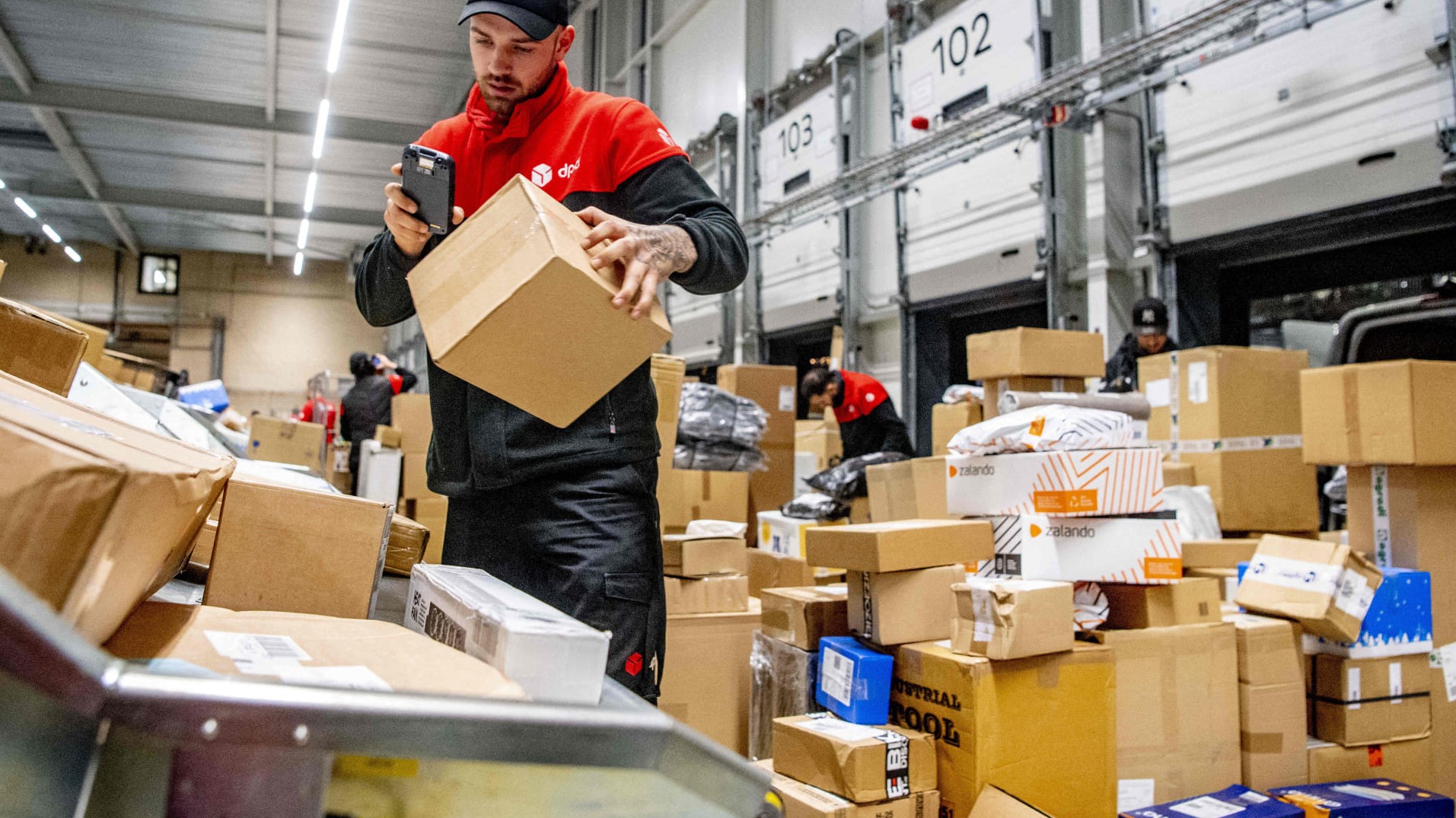Published 26 March 2024
As a growing number of countries commit to digital trade provisions, the effectiveness of existing monitoring processes for digital trade agreements is becoming ever more pressing. Here's how monitoring can be made more effective.
The global digital trading system is increasingly rules-based. Countries around the world have signed at least 12 regional trade agreements featuring an e-commerce chapter and six stand-alone digital trade agreements, predominantly in the Asia-Pacific. Digital trade rules add unique value to the global trading system, especially by promoting trade in digitally deliverable services, the fastest-growing part of world trade.
However, a major problem remains to ensure that digital trade commitments are effectively implemented. What happens the day after the agreement is signed makes all the difference for the signatories, but is often an afterthought when agreements are being celebrated. Yet the implementation of digital trade agreements, and the process of monitoring this implementation, is critical at a time of growing digital protectionism. So far, the international trade community’s record of monitoring trade agreement implementation is rather lackluster.
What has then been done among members of trade agreements at multilateral and regional levels to monitor implementation? What has been and should be done in digital trade agreements? And are there useful lessons beyond trade about good practices? Research Fellow Kati Suominen examines these questions, outlines the challenges ahead for the implementation of digital trade agreements, and proposes monitoring mechanisms at the regional and multilateral levels in this paper.
© The Hinrich Foundation. See our website Terms and conditions for our copyright and reprint policy. All statements of fact and the views, conclusions and recommendations expressed in this publication are the sole responsibility of the author(s).







